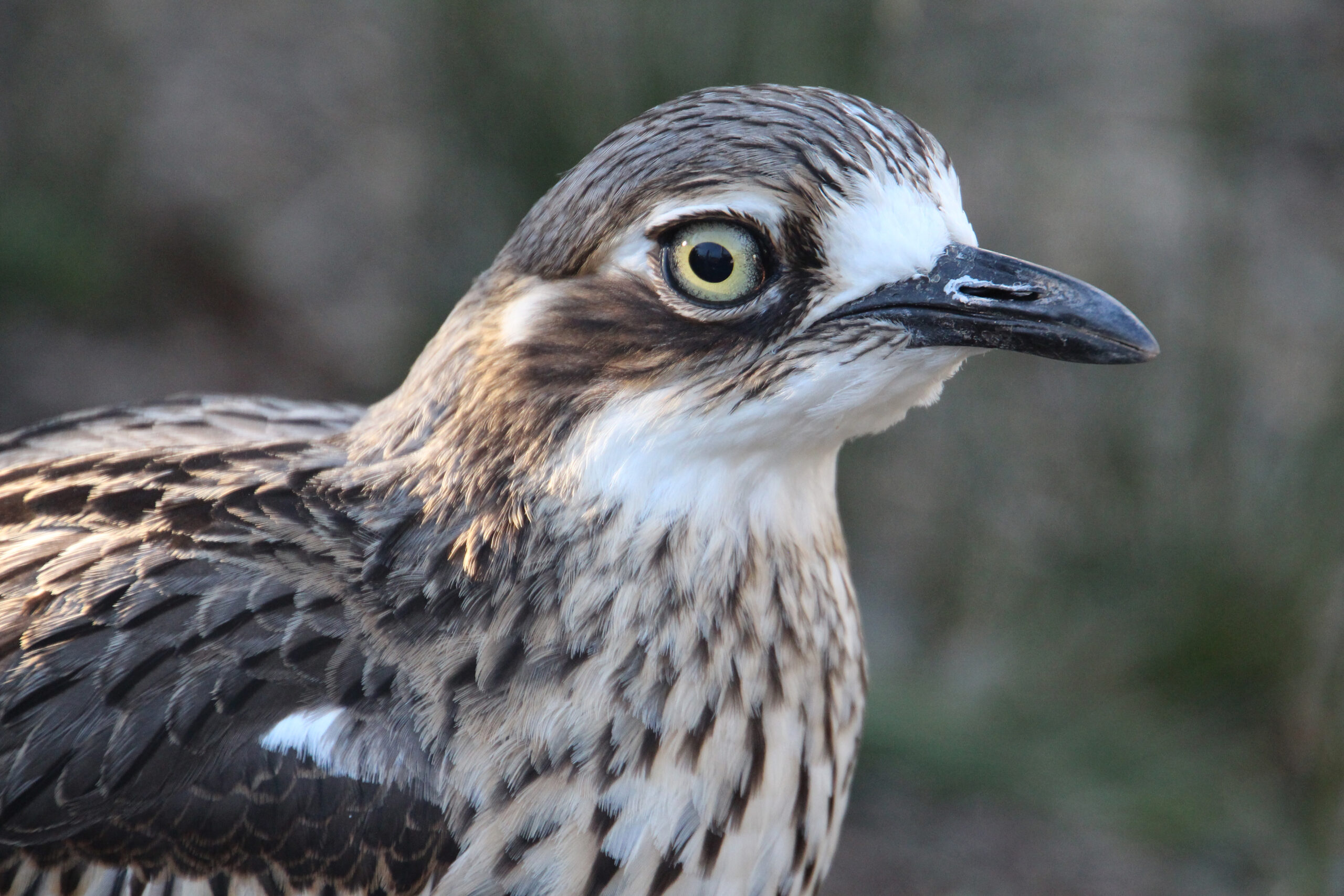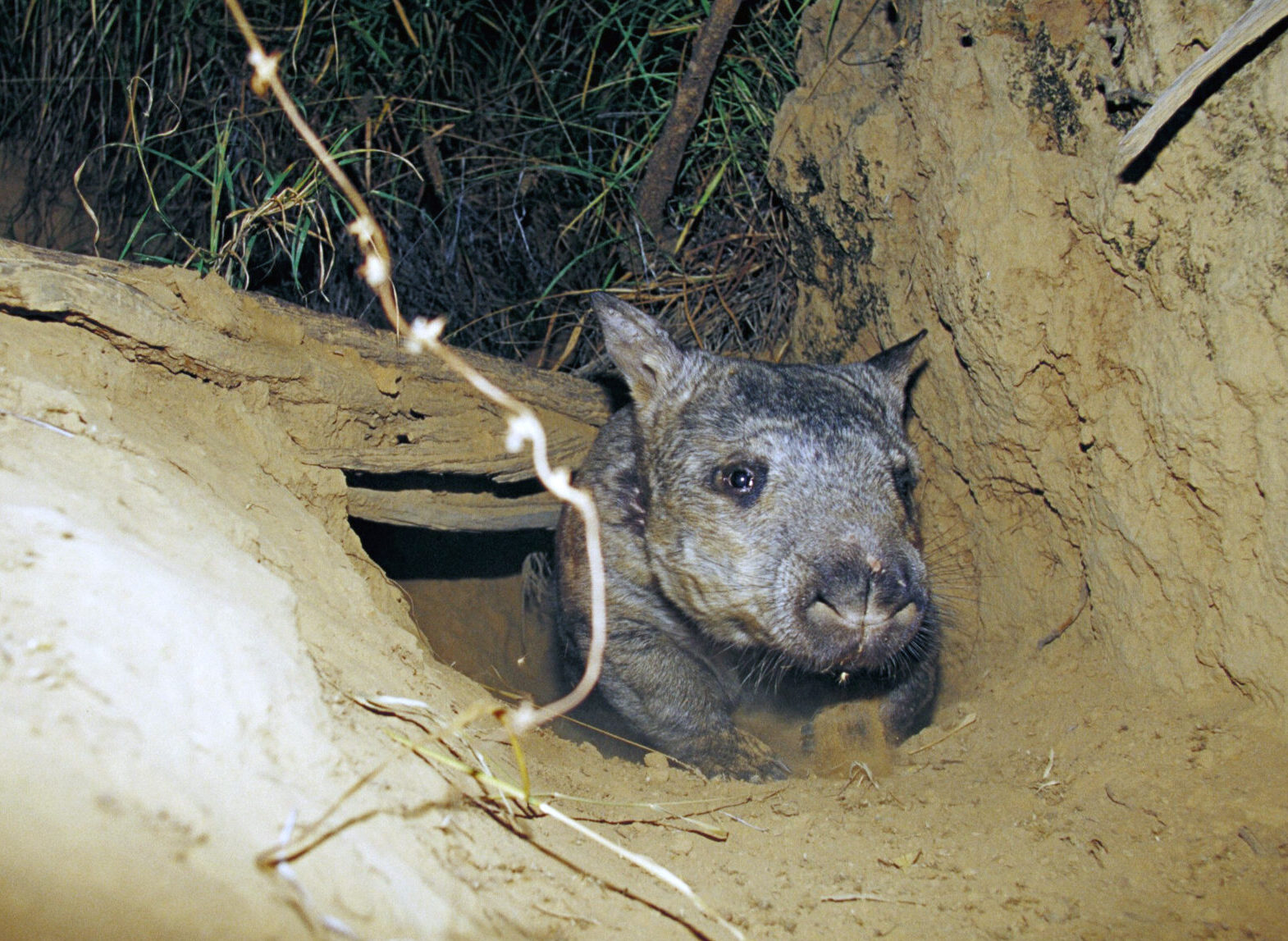| Common name | Broad-toothed rat |
| Scientific name | Mastacomys fuscus |
| Type | Mammal |
| Diet | Stems, leaves and seeds of grasses |
| Average lifespan | 2-3 years |
| Size | 17.5cm |
As far as rodents go, the broad-toothed rat is as sweet as they come. With its chubby face, chocolate-coloured coat, soft, fine hair, and inquisitive, gentle nature, it’s no wonder this native rodent has been nicknamed the ‘Australian guineapig.’
Living in two different areas of Australia that are kilometres apart, the broad-toothed rat inhabits the wet alpine and subalpine heaths and woodlands in Kosciusko National Park, the nearby nature reserves (Bimberi and Scabby) and the Buccleuch State Forest in the south of NSW as well as in the Barrington Tops. In Victoria, the creature lives in South Gippsland, the Otway Ranges and Wilsons Promontory and in Tasmania, it lives in the wet sedge and grasslands of western Tasmania.
The broad-toothed rat is herbivorous and loves to munch on grasses and sedge stems, as well as seeds and moss spore cases. Gathering food mostly at night during the summer and autumn months and in the late afternoon in winter, this native rodent is named after its wider-than-usual molar teeth, which help it chew through the stalks of grasses and sedges.
Despite some people lumping the broad-toothed rat and its other native rodent cousins in with the introduced black rat and mouse species, native rodents are essential to many Australian ecosystems. They unknowingly disperse seeds by forming seed caches and provide burrows and runways for other small mammal species such as the bush rat and dusty antechinus, that cannot dig their own.
The broad-toothed rat breeds in the summer months and has a litter size of between one and four young. Nests are built of grass in the understorey or under logs, with the reproductive behaviour of the mammal triggered by the environment around it, with changes in snow cover and temperatures potentially catastrophic for the native rat.
Despite having very few native predators, the broad-toothed rat is still under threat from introduced foxes and feral cats which prey on the small mammal. Changes in the local ecosystems in alpine regions due to the ski industry such as in Kosciusko National Park, may also have a negative effect on the broad-toothed rat’s existing habitat.





